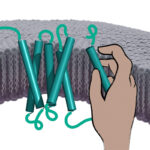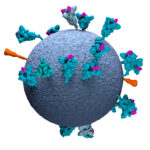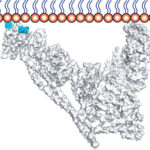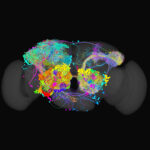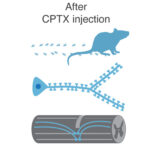
The brain contains an enormous number of connections, known as synapses. Their loss is associated with many disorders. Radu Aricescu’s group and collaborators in Japan and Germany have designed a molecule that restores synapses in animal disease models, including Alzheimer’s.

